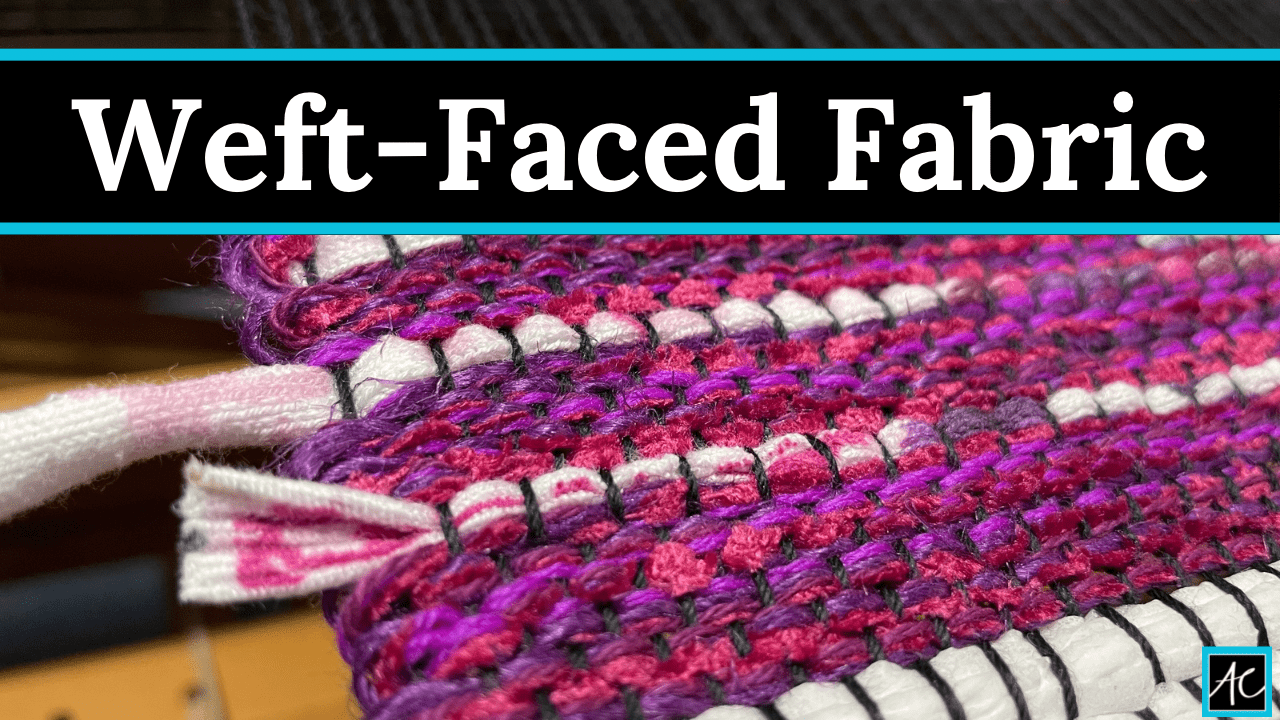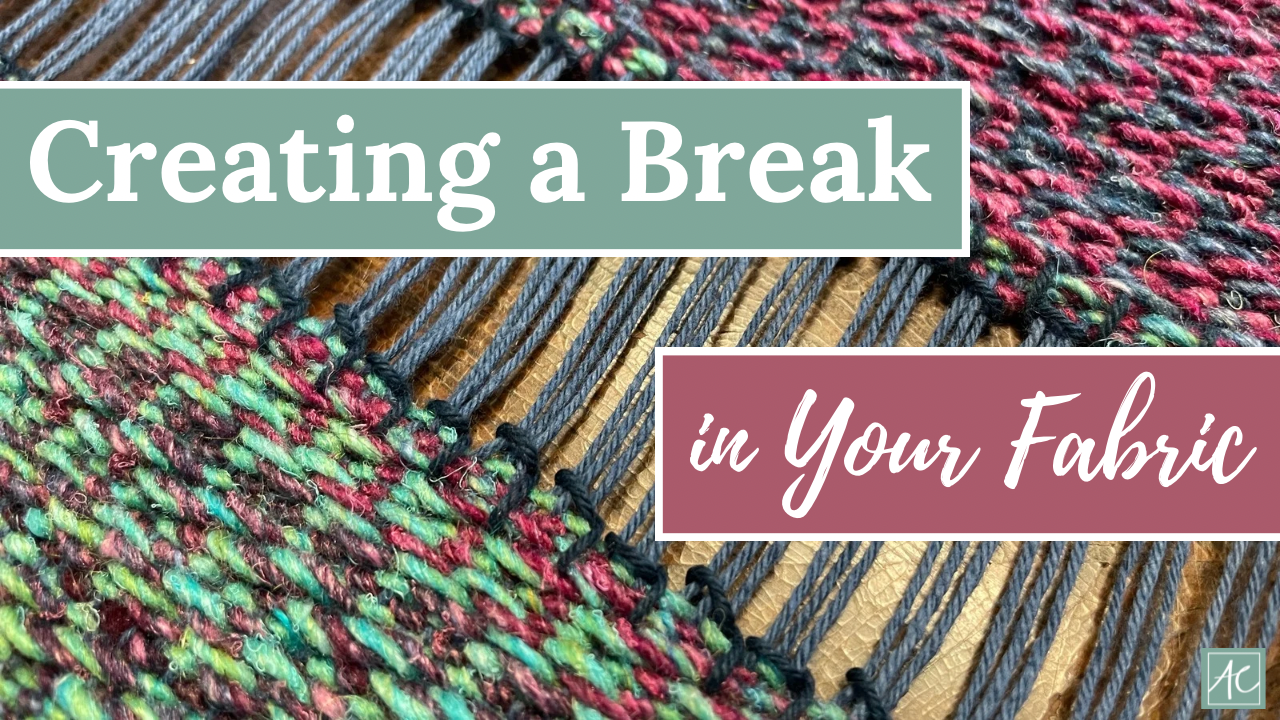Time for something new and this time it’s blue!!! (What is better than a little rhyme to kick off a new project?!) Thankfully, I had a wonderful year and the handbags are slowly taking off! So, I need to backfill some inventory – it’s a great problem to have! First up, I’ll be weaving more necktie fabric to be cut into clutches. And this time around, I want to focus on one color – blue!
The party begins at the warping board! The warping board is used to measure the yarn so everything is the same length. It also acts as a way to keep the yarns in order – very important! I’ve decided to warp 3 different groups of yarns – light blues, medium blues and dark blues. So, you’ll see the different shades in the photos.
Mostly, working at the warping board is a nice, relaxing experience. But, every so often, my lovely friends who spin the yarn decide to leave a knot in the middle of the cone. When this happens… well first, there’s typically cursing… but after that, I move the yarn so the knot falls at the top or bottom peg of the warping board. That way, I can cut it once the project is off the loom and not worry about knots in the middle of my yarn!
Once the entire group of yarn has been measured onto the warping board, I give it a series of twists to keep it in place while it is carefully moved off the board. The end result looks vaguely like a braid, but comes apart much easier!
(The light in my room isn’t ideal for accurately portraying the colors. So, forgive me if the photos look a little gray!)
So, there are no rules as to which pegs you can and can’t use. There needs to be a top peg, bottom peg and a cross in the middle. That’s it! The rest is up to the weaver to determine the most efficient path for your yarn. So, each project looks different on the warping board because the warps are all different sizes. Some projects will go across the board 4 times while other will go across 7 or 8! It all varies.
When warping a project, it’s important to keep your yarns in order. Weavers use a “cross” on the warping board to do that! You pick 2 pegs to act as your cross – usually at the top of the board. If you are moving down the board, the yarn goes over the left peg and under the right peg. Coming back up, it’s just the opposite. (Check out the photo below.) Seems like a simple addition to the process, but it only takes forgetting it once to realize how critical the step is! So, yay for the cross!
So, before I started pulling yarn off the cone, I had to determine the total length needed for the project. Then, I picked a contrasting-colored yarn to act as the guide string. This is a yarn that goes onto the warping board first so you can see the path the rest of the yarns will take. I usually use whatever scraps I have around for the guide string, or pick a yarn in a less desirable color so I won’t miss it. (The lavender yarn you see in the photo above was chosen with Grandma in mind who always told me it wasn’t a “real” color! Love you, Thelma!)
The warp is ready! Next up, they will slide into slots in the reed! Stay tuned – you wouldn’t want to miss the sleying…















